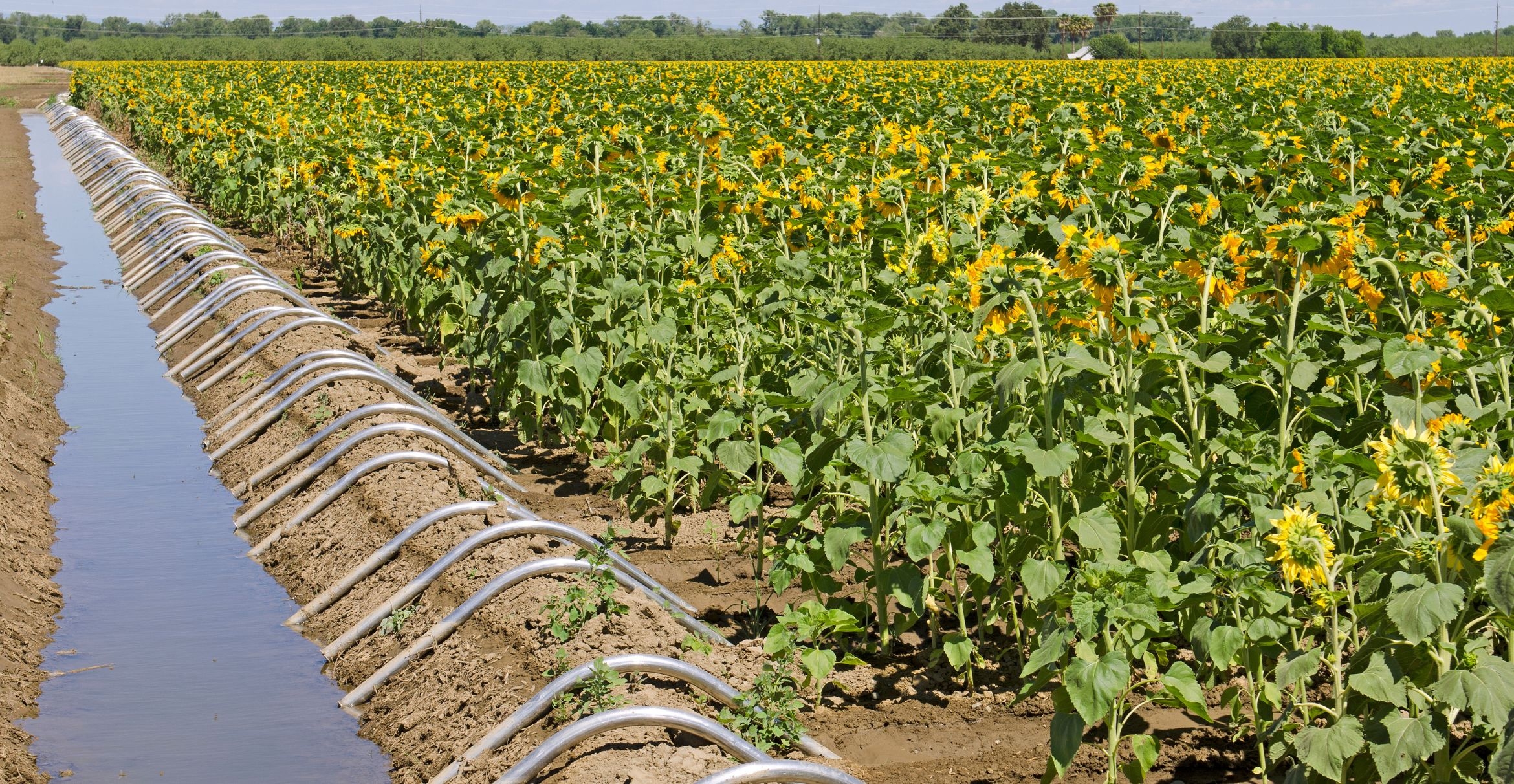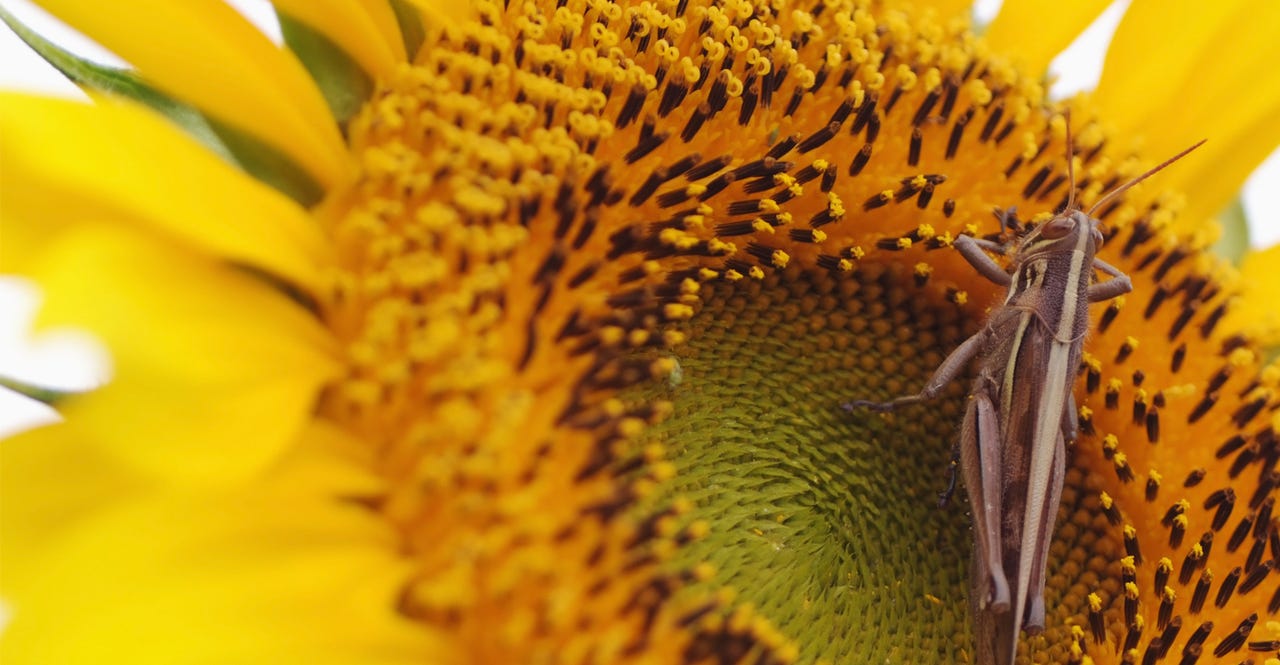
Sunflower farming in India has turned out to be a highly beneficial and eco-friendly method for the country to not only come up with a way but also to strengthen the edible oil sector and lessen dependency on imports at the same time. While the government is vigorously working on its mission to increase the production of oilseeds in the country, farmers are going to have the benefit of the sunflower crop, which is both profitable and sustainable. This guide will discuss in detail each and every step of sunflower cultivation, right from seed selection to harvesting, and thus will assist the Indian farmers to get the maximum yield and profit in 2025.
Farming Sunflowers is Growing in Importance

Significance from an Economic Point of View:
Sunflower is the third most important crop in India after food grains, and its contributions to the Indian economy, accounting for over 20% of the total oilseed production, are considerable. The consumer preference for sunflower oil is increasing due to its high unsaturated fatty acid content, which is the reason why sunflower oil is being considered as a healthy edible oil.
Top States for Production:
Karnataka is at the top of the list of sunflower production in India, followed by states like Andhra Pradesh, Maharashtra, Bihar, Odisha, and Tamil Nadu. The reasons for the production in these regions are favorable agricultural climate conditions and the growing trend of using hybrid varieties.
Farmers’ Encouragement from the Government:
Under the government’s National Mission on Edible Oils program, the government is looking to increase the area under sunflower cultivation. It is going to utilize the methods of providing incentives, going into the construction of proper irrigation facilities, and also setting up units for seed processing and oil extraction.
Ideal Climate and Soil Conditions

Sunflowers thrive in warm, sunny climates with temperatures ranging between 20°C and 30°C. The crop has the highest yield in loamy soils that are well-drained and have a neutral pH. Excessive water in the soil should be avoided; besides, the moisture may kill the roots and thus result in less oil being produced.
Farmers must plough the field 2–3 times before sowing and manure the soil with 5–10 tonnes of farmyard manure (FYM) per hectare, which will make the soil more fertile.
Selecting the Right Hybrid Varieties
Hybrids that yield a lot and resist diseases are vital in getting sunflower production that is profitable. One of the best ones is KBSH-44, which is the most adaptable and has good oil content.
Steady yield makes RSFH-700 the best crop for Karnataka.
KBSH-78 – The hybrid with a duration of 82-85 days, which is ideal for zone 5 of Karnataka.
The two exciting traits of TilhanTech SUNH-1 and SUNH-2 are the early sunflower maturity and the resistance to diseases.
DRSH-1 and LSFH-171 hybrids are also very well known for their good yield potential.
Expert Tip: The best local recommendations are provided by the Krishi Vigyan Kendras (KVKs) in your area, depending on the soil conditions and your region.
Cultivation and Water Management

The time for sowing differs for each season – Kharif (June-July), Rabi (October-November), and Summer (January-February). Uniform growth should be encouraged by the row spacing of 60 cm and the plant spacing of 30 cm.
Sunflower crops will need water, especially during the flowering and seed-filling stages. Normally, 3 to 4 irrigations are offered per crop cycle. Drip irrigation systems are perfect for water conservation and productivity improvement.
Nutrient and Weed Management
Recommended Fertiliser Application per Hectare:
Nitrogen (N): 60-90 kg
Phosphorus (P₂O₅): 60-90 kg
Potassium (K₂O): 40-60 kg
Apply phosphorus and potassium entirely at sowing, while nitrogen should be divided into two doses — half during sowing and the remainder before flowering.
For weed control, manual weeding during the first 30–45 days is crucial. Herbicides such as Fluchloralin can help suppress early weed competition.
Pest and Disease Management

Aphids, leafhoppers, and head borers are some of the common pests that infest crops. The use of Integrated Pest Management (IPM) practices — that is, incorporation of crop rotation, treatment with neem-based sprays, and timely chemical application — results in very good control.
Diseases that are very serious, such as downy mildew and Alternaria leaf spot, could be kept out using resistant varieties, rotation, and fungicidal seed treatment practices.
Harvesting and Post-Harvest Care
Sunflowers signal their readiness for harvesting when the yellow color from the back of the flower head is noticeable and the bracts turn brown. The moisture of the seeds at harvest time should be about 12–15%. The heads should be dried in the sun, and the seeds should be stored in a dry and ventilated area to avoid the growth of mould or insects.
Rising Opportunities and Success Stories
Farmers in the state of Karnataka, who resort to micro-irrigation and hybrid seeds, have been able to enhance their yields by as much as 30%. In a similar way, farm cooperatives in the state of Maharashtra have made it possible for farmers to sell collectively, thus increasing their profits and also reducing exploitation by the middlemen.
Presently, sunflower farming covers more than 1.4 million hectares in India, and with the use of modern technologies, the yield can be between 2 and 2.5 tonnes per hectare.






